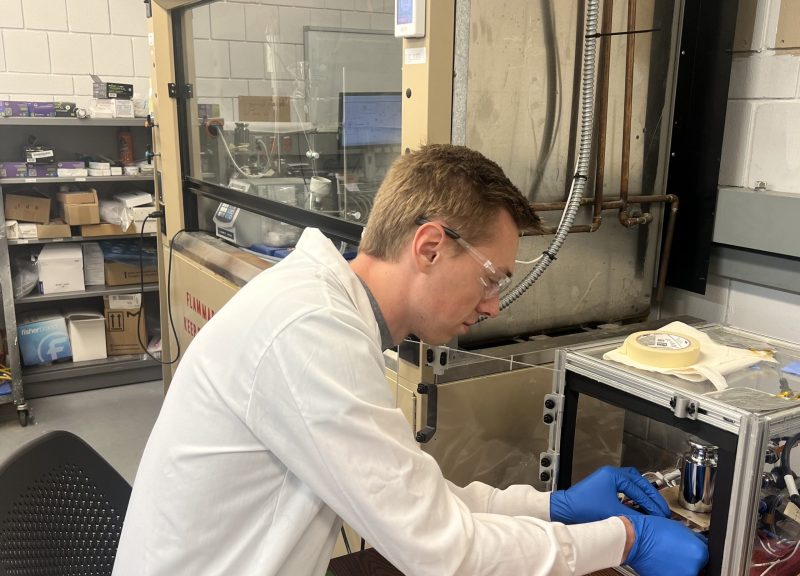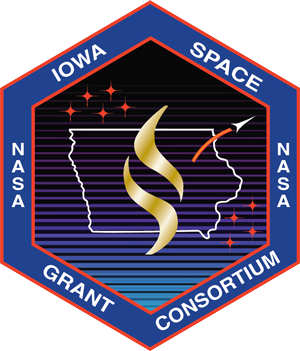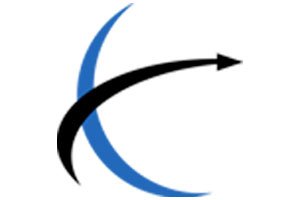The Iowa Space
Grant Consortium
Promoting opportunities aligned with NASA’s mission by stimulating research, education, and outreach programs for all Iowans.
A part of NASA’s National Space Grant College and Fellowship Program since 1990, the Iowa Space Grant Consortium (ISGC) continually strives to improve and inspire Iowa’s future in Science, Technology, Engineering, and Math (STEM). The ISGC supports NASA-relevant STEM research, education, and outreach activities for all Iowans with NASA internships, fellowships, and scholarships, competitions for grants within higher education members (with NASA Mission Directorate alignment), as well as informal education grants with outreach affiliates.
Upcoming Funding Opportunities

Featured Project
Modulation of Thermal Gradients in Lithium-Ion Batteries
Grant Haselhoff – Iowa State University

Upcoming Event
Lecture with Astronaut Cady Coleman and Glass Artist Josh Simpson
March 10th 12:00 CT
Can’t join us in person? No problem! Tune in virtually here Webex.
Reach for the Stars
“
- 1
- 2
- 3
- 4
Abigail Bangs
University of Northern Iowa
Identification of Microorganisms from the Depths of Wind Cave
Anna Braun
Drake University
Analysis of Double-Strand Break Repair Pathway Genes in Human Cancer Cell Lines
Hannah Cochran
Iowa State University
MISSFIT – Artificial Gravity Model for Interplanetary Space Travel
Tepary Cooley
Drake University
Analysis of Increasing DNA Damage on Levels of DNA Ligase IV Found in Cancer Cells
Inspiring the Future
The ISGC is dedicated to continually improving and inspiring Iowans’ future in STEM, bringing NASA opportunities to Iowa through a variety of programmatic opportunities and collaborations.
Consortium Partners
NASA
ISGC is Part of NASA’s National Space Grant College and Fellowship Program
NASA initiated the National Space Grant College and Fellowship Project, also known as Space Grant, in 1989. Space Grant is a national network of colleges and universities. These institutions are working to expand opportunities for Americans to understand and participate in NASA’s aeronautics and space projects by supporting and enhancing science and engineering education, research and public outreach efforts.























